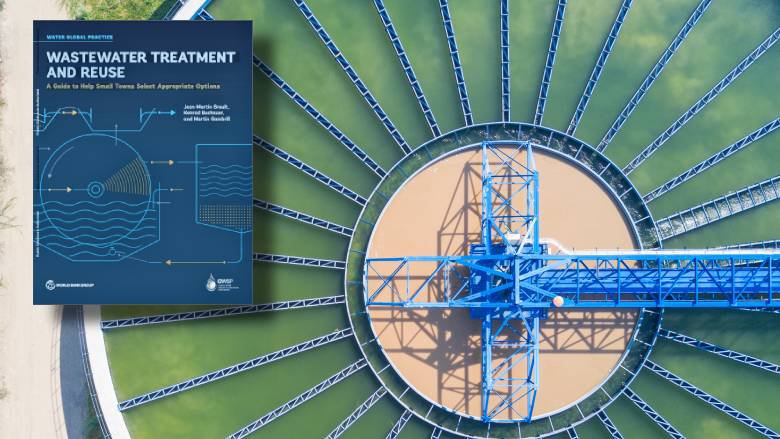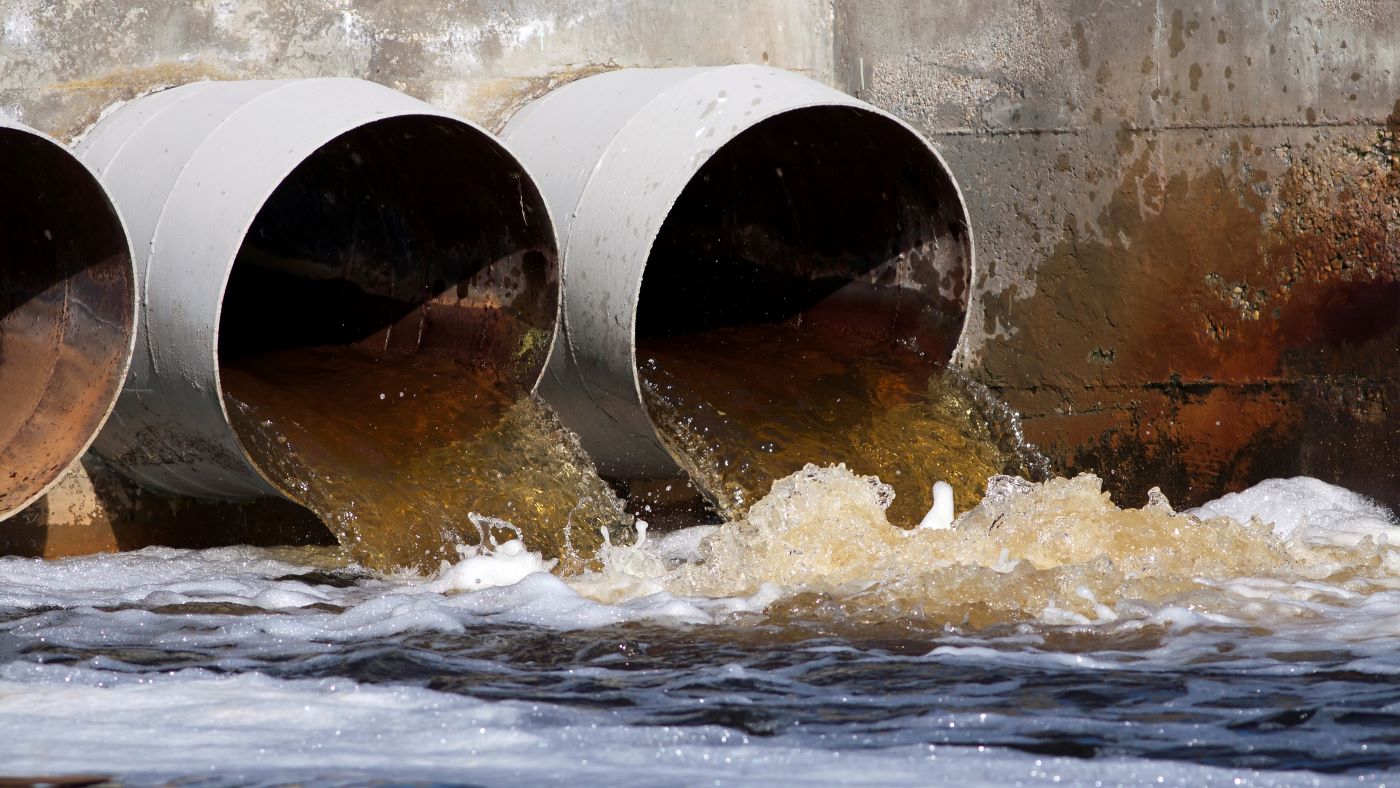Strategic Approaches to Boost Waste Water Therapy Effectiveness and Minimize Environmental Impact
In the realm of waste water treatment, the pursuit for improved efficiency and lowered ecological effect is a perpetual obstacle that demands tactical solutions. The assimilation of sophisticated therapy innovations, energy-efficient processes, source healing strategies, boosted nutrient removal strategies, and smart tracking and control systems stands for a multifaceted framework for dealing with these pushing issues.
Advanced Therapy Technologies
Innovative membrane filtering systems have actually reinvented advanced wastewater treatment procedures, substantially improving the removal of impurities. These innovative systems work forcibly water through a semi-permeable membrane, properly separating contaminations from the water stream. The membrane's tiny pores catch pollutants such as germs, infections, and put on hold solids, allowing just detoxified water to pass through. This innovation has actually shown to be extremely reliable in removing a large range of contaminants, including drugs, hefty steels, and natural compounds, which are frequently challenging to get rid of via traditional treatment approaches.
In addition, membrane filtering systems use many advantages over conventional therapy methods. They need less space, generate higher-quality effluent, and are more immune to variations in influent water high quality. Furthermore, these systems are highly functional and can be conveniently incorporated right into existing treatment plants or made use of as standalone devices for decentralized applications. As the demand for tidy water proceeds to increase, the adoption of innovative membrane layer filtration innovations is important to make sure sustainable and reliable wastewater therapy methods.
Energy-Efficient Processes
The assimilation of energy-efficient processes in wastewater therapy systems is critical for maximizing resource use and lowering operational expenses. By executing energy-efficient innovations, therapy plants can considerably lower their carbon impact and general ecological impact. One crucial strategy to enhancing power efficiency in wastewater treatment is the application of advanced aeration systems, such as great bubble diffusers or surface area aerators, which can improve oxygen transfer performance and reduce energy usage. In addition, incorporating power recovery systems, like anaerobic digestion for biogas manufacturing or making use of excess warm for thermal procedures, can aid offset energy demands and promote sustainability.
Moreover, enhancing process control and automation with using advanced sensors and keeping an eye on systems can improve general energy effectiveness by readjusting procedures in real-time based upon actual demand and conditions. Carrying out power audits and regularly monitoring power efficiency indications are essential techniques to recognize locations for enhancement and track energy-saving campaigns properly. Overall, the adoption of energy-efficient processes in wastewater therapy not just profits the environment yet likewise adds to long-term cost savings and operational sustainability.
Resource Recuperation Methods
With a concentrate on enhancing resource utilization and sustainability in wastewater treatment systems, the execution of source recuperation strategies emerges as description a pivotal aspect in enhancing operational efficiency. Source recovery approaches in wastewater therapy include the identification and removal of important sources from the waste stream, consequently turning what was once taken into consideration waste into a valuable property. By carrying out resource recovery strategies such as nutrient removal and healing, energy generation from natural issue, and the manufacturing of reusable water, wastewater therapy plants can minimize environmental influence while making the most of click over here efficiency.

Improved Nutrient Elimination Methods
Applying sophisticated nutrient removal strategies is necessary for optimizing the performance of wastewater treatment systems. One of the crucial methods made use of for improved nutrient elimination is the procedure of biological nutrient elimination (BNR), which includes the elimination of nitrogen and phosphorus through biological procedures.

Along with BNR, advanced therapy approaches such as membrane bioreactors (MBRs) and created wetlands can likewise be used to enhance nutrient removal effectiveness. MBRs use membranes to achieve high-grade effluent criteria by properly eliminating nutrients and put on hold solids. Created marshes mimic natural marsh processes to eliminate nutrients with plant uptake, microbial task, and sedimentation. By including these advanced nutrient removal strategies into wastewater therapy systems, sectors and districts can successfully reduce nutrient pollution and protect the environment.
Smart Surveillance and Control Solution
Using advanced technology, the assimilation of wise monitoring and control systems changes the functional effectiveness of wastewater treatment centers. read review These systems integrate innovative sensing units and information analytics to constantly keep track of vital specifications such as pH levels, turbidity, liquified oxygen, and circulation prices in real-time. By collecting and analyzing this data, drivers can obtain valuable understandings into the efficiency of the treatment procedures, enabling aggressive changes to maximize treatment effectiveness.
Smart monitoring and control systems likewise sustain remote monitoring abilities, allowing drivers to gain access to real-time information and control functions from off-site places. This remote ease of access boosts operational versatility and responsiveness, making it possible for quick interventions in instance of system malfunctions or variations in influent quality. The predictive upkeep capacities of these systems help stop tools failings and decrease downtime, eventually improving the total dependability of wastewater therapy operations.
Conclusion
To conclude, strategic methods such as sophisticated therapy modern technologies, energy-efficient processes, resource recovery techniques, improved nutrient removal strategies, and clever monitoring and control systems play a vital duty in boosting wastewater therapy performance and reducing environmental effect. By executing these methods, wastewater treatment plants can improve their general efficiency, minimize energy usage, recover important resources, and guarantee compliance with environmental regulations. These approaches are essential for sustainable and reliable wastewater administration practices.

In conclusion, critical methods such as innovative treatment innovations, energy-efficient processes, resource recuperation strategies, boosted nutrient elimination techniques, and wise surveillance and control systems play an important role in improving wastewater therapy effectiveness and reducing environmental impact.